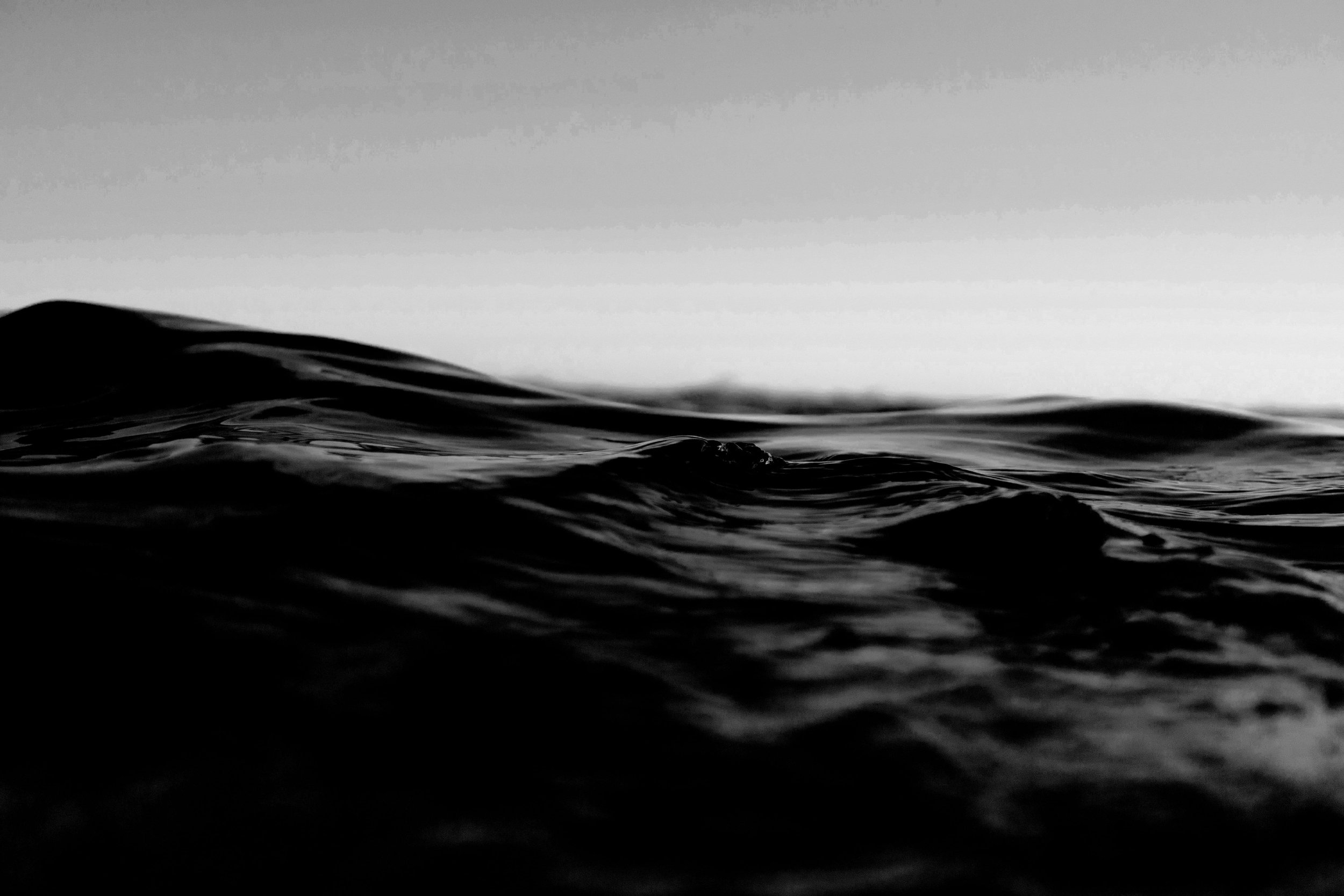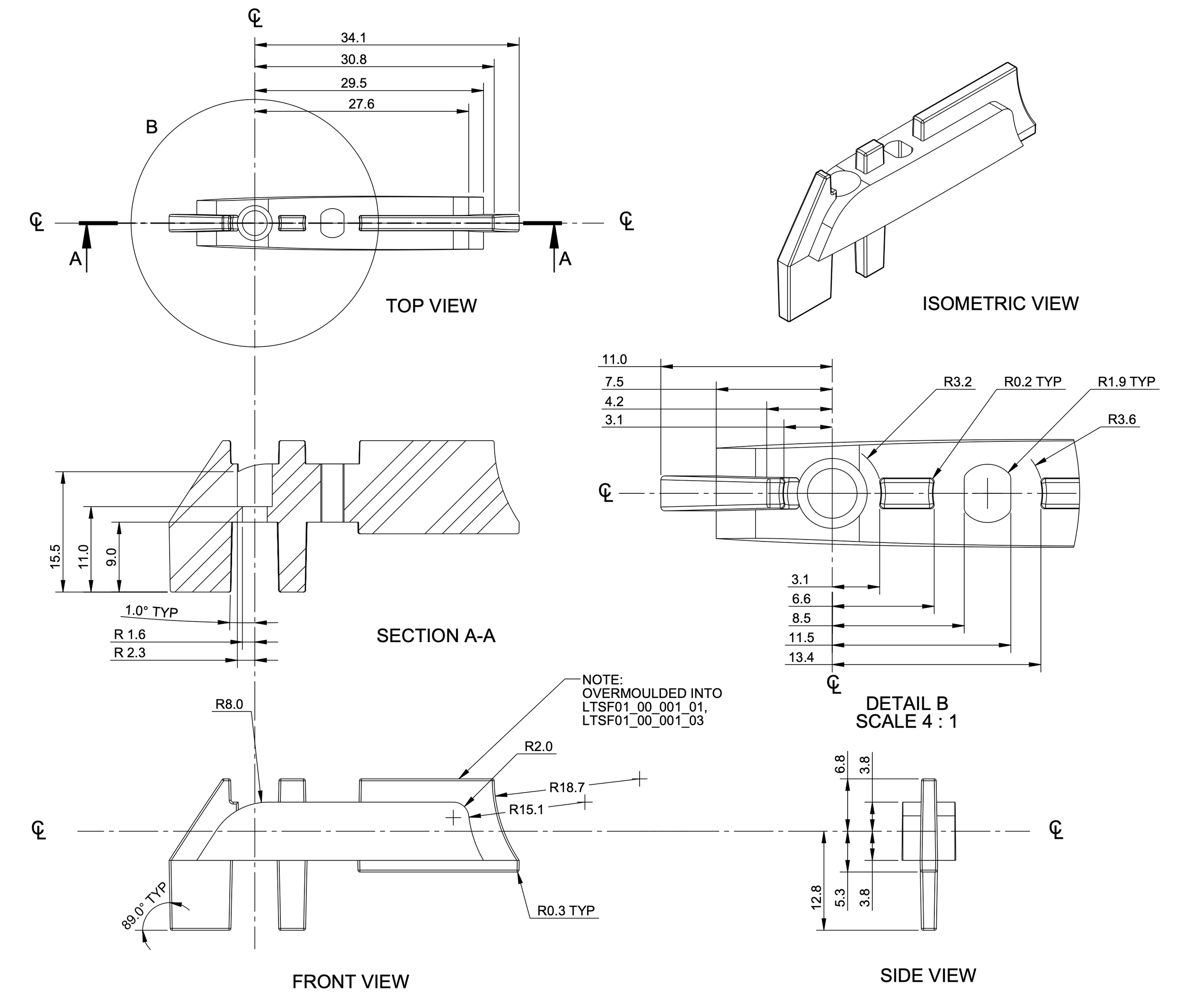
Small Wave Surfing Made Easy
Small Wave Surfing Made Easy
Introducing
THE Swing FIn
The latest evolution in surfboard fin design. Most of us surf small waves, so we wanted to create a fin that makes that easier. After years of over complicating, the answer was simple.
Direction Responsive Fin Systems - D.R. FINS.

The Founder
Leigh has been surfing since the age of ten after his family moved from Victoria to Noosa Heads on the Sunshine Coast in Queeensland. He had a plethora of different quality waves to surf on. At 25, Leigh left Noosa to pursue his civil engineering career in Perth, Western Australia.
He was disappointed to find the open beaches of Perth offer mainly “straight-handers” that were less than chest height, lacked power and were very difficult to turn on.
To keep his surf stoke alive, this meant regular trips to nearby Indonesia. Returning home from a trip in 2016, he pondered how to make a surfboard turn quicker and easier on lacklustre waves.
This was the “light bulb” moment … but there was a long way to go!
Leigh Turner

The Competition
The Thruster
The most common fin arrangement used today is the “Thruster”. This fin setup was created in 1981 by Simon Anderson to solve one of his own surfing problems.
Anderson noticed that his twin fin surfboard kept sliding out from beneath him in bigger conditions. After a frustrating session between the breakers, he noticed a friend using a single fin with two much smaller fins alongside it. He then decided to try three regular sized fins in a similar setup to his friend and so the thruster was born.
Andersons’ thruster became an instant success winning him three tour events in 1981. Since then, his thruster has gone on to become the most common fin setup used today.
This was the last major break-through in fin technology.

The Quad Fin
In the early 1980’s pro surfer and shaper Glenn Winton was another of the first to develop the 4 fin quad design. Winton found the centre fin on the thruster to be restrictive and made the board slow in small waves. He replaced the centre fin with a pair of small twin fins at the back of the board. Winton was successful with a quad on the pro tour and there was a great deal of interest in his quad design.
What the quad fin does in a turn is use the two inside fins that are angled away from the centreline of the board to turn the board like a rudder, similarly to the thruster.
However, these two “working fins” are aligned unlike the thruster inside and centre “working fins”.
The downside is that there is one more fin to create drag.
The Problem
Small waves are hard to surf
When a surfer leans a thruster board over to make a turn, the inside fin is deepest in the water and turns the board like a rudder.
The outside fin is barely touching the water, if at all, and doesn’t influence the turn. The centre fin tries to keep the board straight. The inside and centre fins are not aligned … they are working against each other!
This creates drag and makes the turn more difficult. On small waves with less face to work with, being able to turn sharply is very important.
The outer fins are not aligned to the centre fin.
They are angled away by 4 degrees.

The Evolution
The Swing Fin
The D.R.Fin.S. Swing Fin concept is very simple. The centre fin is responsive to the direction the surfer is turning the board.
During a turn, the centre fin swings to align it with the fin deepest in the water. This is achieved by severing the fin from it’s base to allow it to rotate 4 degrees left and right.
The fin rotates around a stainless steel pin with a second pin limiting the rotation to 4 degrees in each direction. A flexible compound keeps the movements smooth and returns the fin to the straight position.
Effectively what this does is combine the best features of the Thruster and the Quad Fin. The fin fits into existing fin systems making it easy to swap in and out to existing boards with two types of fin available, FCS or Futures compatible.
The design is Patent Pending.
Traditional Thruster with the centre fin “ploughing” with the other working fin
Thruster with D.R.FINS. centre fin “aligning” with the other working fin
The Design Team
First established in 1982 in Johannesburg, South Africa by Edward and Sharon Khoury, Form designs relocated to Perth, Western Australia in 1996.
Our team are innovation specialists trained to design functional, beautiful products with a strong awareness of our fragile environment and an appreciation for quality and longevity. We are driven to establish new highs in safety and reliability and recognise that ultimately products should sell.
Contact us to bring to life that product in your imagination!

Interested?
Contact us via the email address below or follow us on Facebook for product development updates















